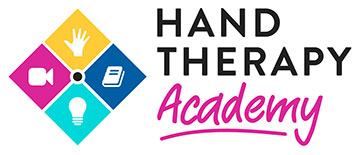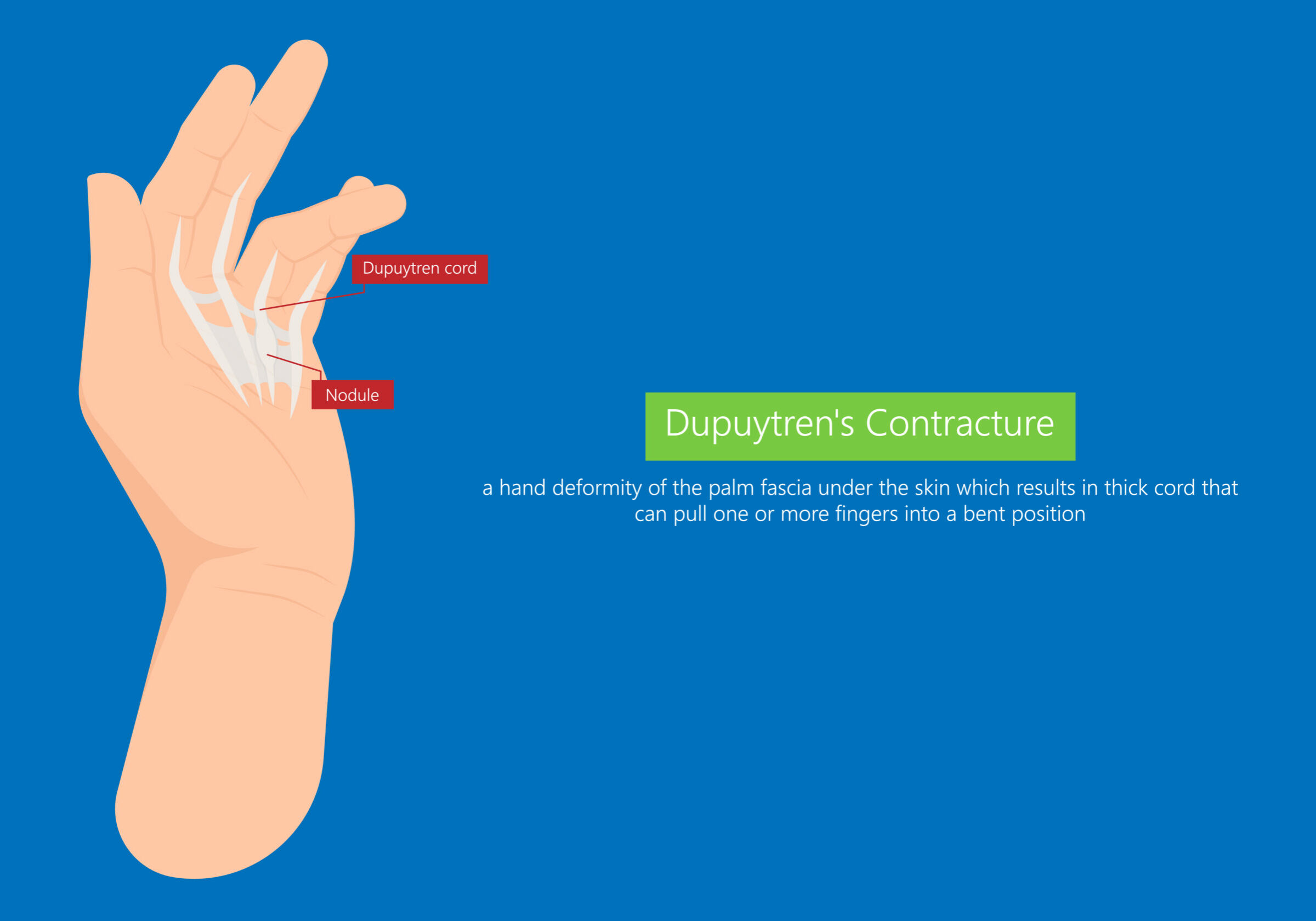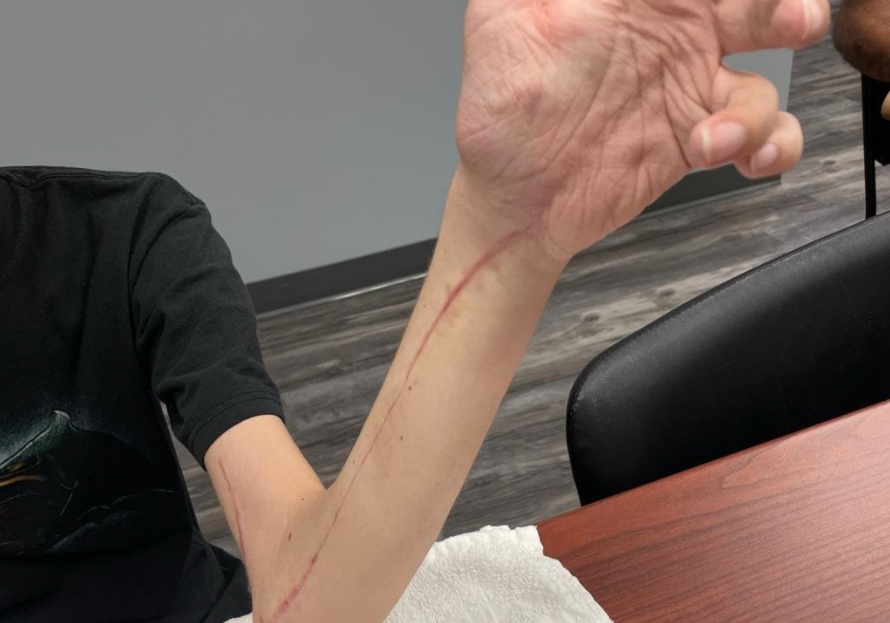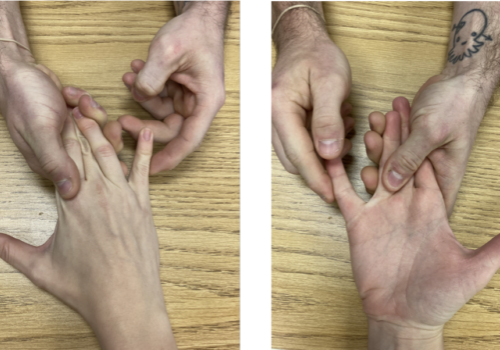Simple but Effective Ways Hand Therapists Address Psychosocial Impacts of Upper Extremity Injuries
Filed under Treatments
Although psychosocial factors are often not formally assessed during an evaluation in those with upper extremity injuries, the therapist often informally assesses these during and after treatment sessions. Sustaining an upper extremity injury can be a physically and emotionally challenging experience. Beyond the physical pain and limitations, these injuries can profoundly impact an individual’s psychosocial well-being. Patients deal with upper extremity conditions that impact their overall function, including long-term chronic pain, acute traumatic injuries, stiffness, range of motion, and strength limitations. Which, as a result, impacts their overall mental health and well-being. This all contributes to the patient’s success in therapy and overall recovery. Below are some simple tips to address these factors with patients.

- Symptom acknowledgment and validation: During the evaluation, patients are asked about what symptoms they are experiencing. When the therapist acknowledges and validates the patient’s condition, concern, and/or problem, this helps to create a positive impact immediately.
- Goal-Oriented Therapy Plans: Collaborating with patients to create personalized rehabilitation plans that include specific goals is essential. This goal-oriented approach fosters a sense of purpose and achievement, boosting patients’ self-esteem and confidence as they progress toward regaining their hand function.
- Social Support Integration: Upper extremity injuries can lead to feelings of isolation. Encourage the patient to involve their loved ones in the rehabilitation process. Fostering a supportive environment can accelerate the healing process and mitigate feelings of loneliness and depression.
- Education and Information: Educating patients about their injuries, the healing process, and the tools available for rehabilitation is an essential part of the therapist’s role. By arming patients with knowledge, therapists empower them to participate in their recovery and make informed decisions.
- Positive Reinforcement and Encouragement: Celebrating small victories by using positive reinforcement and encouragement to boost patients’ self-confidence and self-worth as they make incremental progress in their therapy journey.
- Activity Modification: Upper extremity injuries may require patients to adapt daily activities. By working creatively to find adaptive solutions that enable patients to continue engaging in the activities they enjoy. This fosters a sense of normalcy and prevents feelings of helplessness.
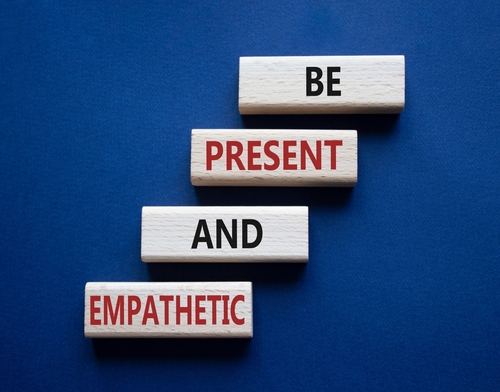
Hand therapists play a pivotal role in helping individuals regain their upper extremity function and rebuild their psychological well-being and overall quality of life through empathetic communication, goal-oriented approaches, education, and a holistic understanding of patients’ emotional needs.
More To Read
Collagenase injection versus Partial fasciectomy in the treatment of Dupuytren’s contracture
Rapid Review By: Shruti Jani Title: Collagenase injection versus partial fasciectomy in the treatment of Dupuytren’s contracture Reference: Tay, T. K. W., Tien, H., & Lim, E. Y. L. (2015). Comparison between Collagenase Injection and Partial Fasciectomy in the Treatment of Dupuytren’s Contracture. Hand Surgery, 20(3), 386-390. https://doi-org.mwu.idm.oclc.org/10.1142/S0218810415500288 The Skinny: “Comparison between Collagenase Injection and…
Read MoreArteriovenous Malformation (AVM hand)
By: Amalia Garcia Introduction After completing three weeks of my Level II hand therapy rotation, I have seen a wide variety of common upper extremity injuries such as carpal tunnel syndrome, distal radius fractures, mallet finger, flexor tendon lacerations, arthritis, and more. One condition that stood out to me was one that I hadn’t heard…
Read MoreHand Therapy Article Review: The Radial Synergy Test, An Aid to Diagnose de Quervain’s Tenosynovitis
Chihua, L., Langford, P.N., Sullivan, G.E., Langford, M.A., Hogan, C.J., & Ruland, R.T. (2021) The radial synergy test: an aid to diagnose de Quervain’s tenosynovitis. HAND. epub ahead of print;1-6. doi: 10.1177/15589447211057297 Rapid Review By: Case Peters The Skinny: de Quervain’s tenosynovitis is a common pathology that involves swelling and thickening of the tendon sheaths…
Read MoreSign-up to Get Updates Straight to Your Inbox!
Sign up with us and we will send you regular blog posts on everything hand therapy, notices every time we upload new videos and tutorials, along with handout, protocols, and other useful information.

